
Edwin Diaz’s cross is made of wood painted white, his name is handwritten and it has a crown of plastic flowers on top. It is about three kilometers from the intersection of Pueblo Viejo de Nicoya heading towards the Tempisque River.
Dennis Juarez, his nephew, smokes a cigarette for breakfast in front of the house at 7:26 a.m. “He was hit on the way to work,” he tells us. He doesn’t give many details but remembers that it was a Hilux that hit him and threw him into the opposite lane. Right here, a few meters from this grave without a cadaver.
Although several Costa Rican anthropologists say that the subject has not been researched in the country, in the rest of Latin America, there are academic works that study the symbolism of roadside crosses. They have been analyzed aesthetically in photographic series and are mentioned in Chilean folk music. They are called animitas in Chile, capillitas in Peru and curuzú in Paraguay.
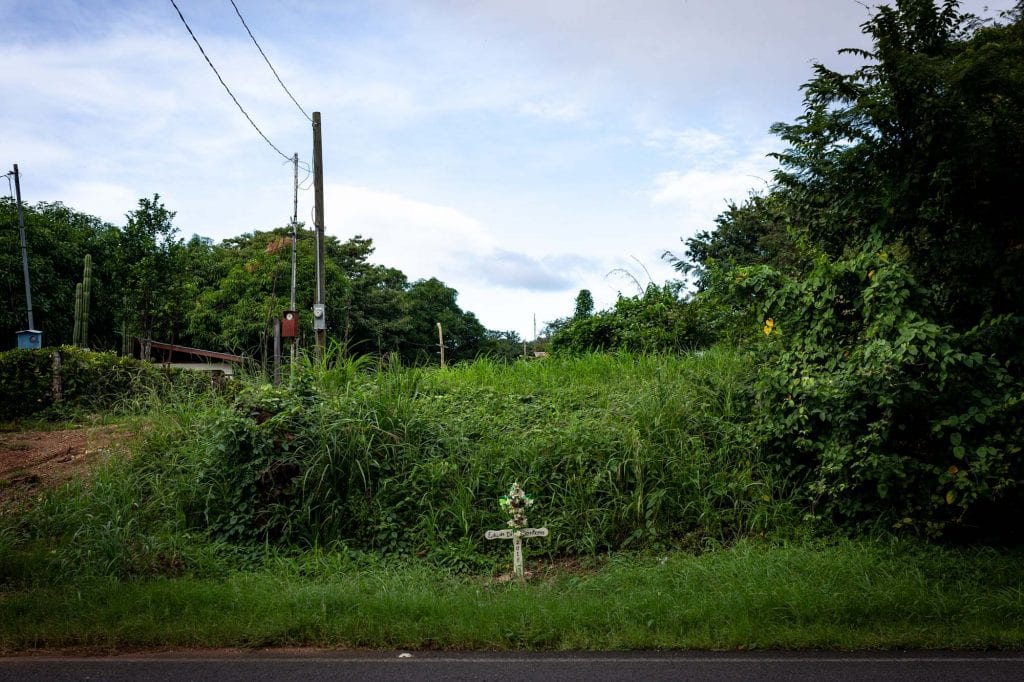
Edwin Diaz died in 2018. Located three kilometers from the intersection to Tempisque.Photo: César Arroyo
They are anonymous structures made by children, friends or neighbors. The ornaments that accompany them vary depending on the region and the economic means of each person.
Argentine anthropologist Jose Luis Pignocchi has studied and documented the subject for years. According to him, the origin of these customs originated more than 500 years ago in the wake of the Council of Trent in Italy.
It was one of the most important events in the history of the Catholic Church that took place over a period of 18 years. Two of the agreements made during the 25 sessions were to reaffirm the existence of purgatory and the veneration of saints and relics.
Pignocchi explains it this way: some believe that in the event of a death outside its normal time, like a traffic accident, the soul stays around there wandering aimlessly. Then, from this type of homage, the soul of the deceased is given the possibility of finding a way.
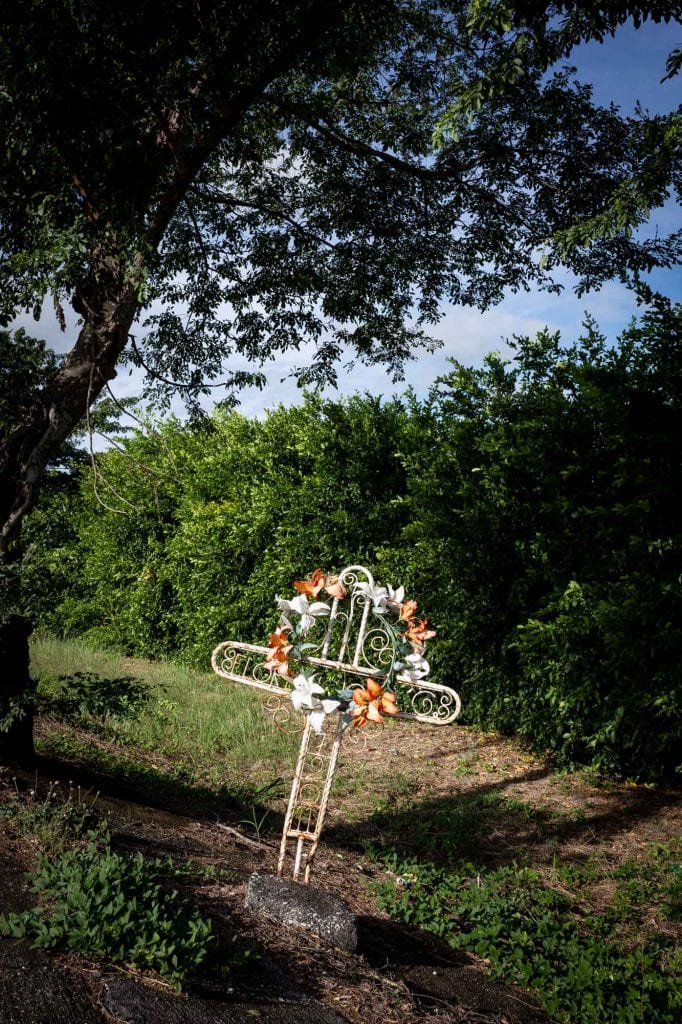
Florencio N.G. died in 2011. Loma Bonita, Quebrada Honda. Located along a straight stretch of road where passing is allowed in both directions.Photo: César Arroyo
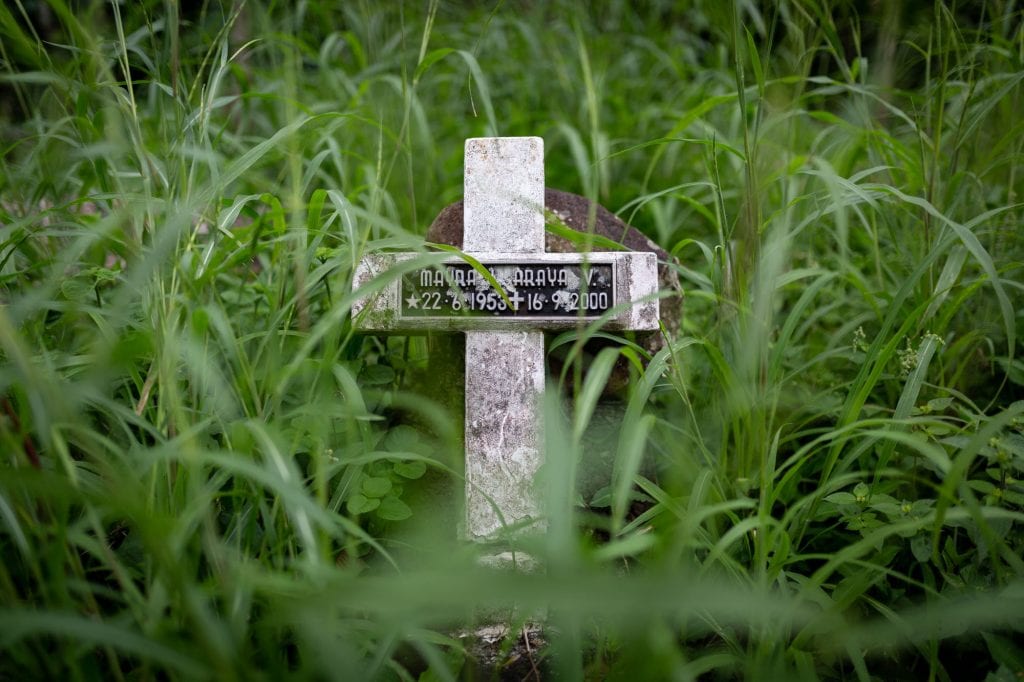
Mayra l. Araya V. died on September 16, 2000. Located on a curve on Route 142 / Cañas – Tilaran.Photo: César Arroyo
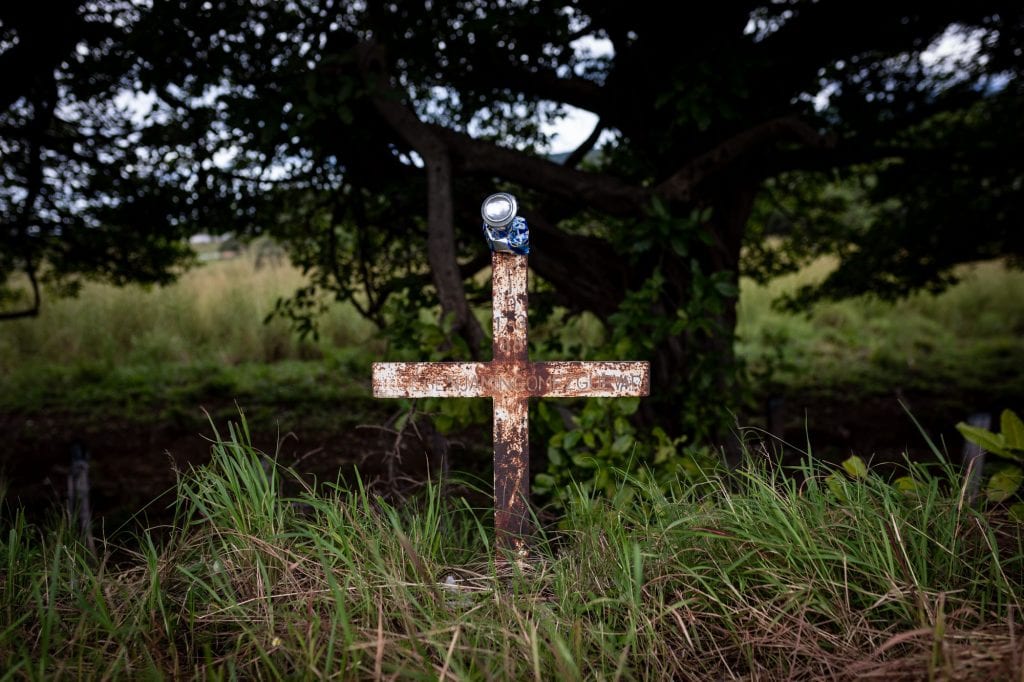
Jose A. Picado died in 1993. Located on a curve at kilometer 7 on Route 142 / Cañas – Tilaran.Photo: César Arroyo
The crosses that we found after saying goodbye to Dennis have dates of birth and death corroded by rust. Some of them were built almost forty years ago, are overgrown with tall grass and are difficult to see from the road. Although others are more visible, we are so used to seeing them that if we were not paying attention to them, we would simply pass them by.
“[The crosses] are so integrated into the landscape and are so absolutely common that people no longer notice them,” Jose Luis added.
He believes that these structures also have other meanings. In the years after the Council of Trent, in the provinces of Spain, people began to use crosses on the roads as a form of protection for travelers.
“When the route had a dangerous curve where those who were traveling normally fell, they put a stone cross. They were called “cruzeiro” in Galician. The tradition comes from there,” he affirmed.
We found these warning and bereavement symbols along long straight stretches of road with double yellow stripes between Nicoya and Liberia, or along the downhill curves in the most uneven sections between Cañas and Tilaran.
Crosses that appear in front of the gates of a corral, crosses that have their own gates, crosses that have taken possession of public space.
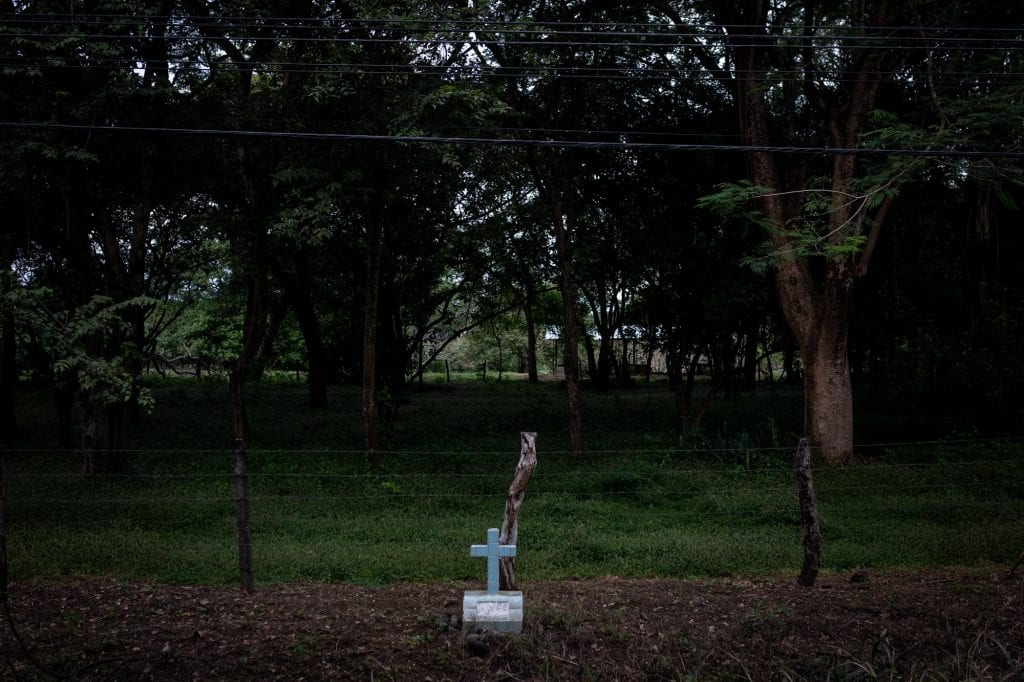
Nameless. Palmira de Carrillo. Located on a straight stretch of road at kilometer 26 on National Route 21.Photo: César Arroyo
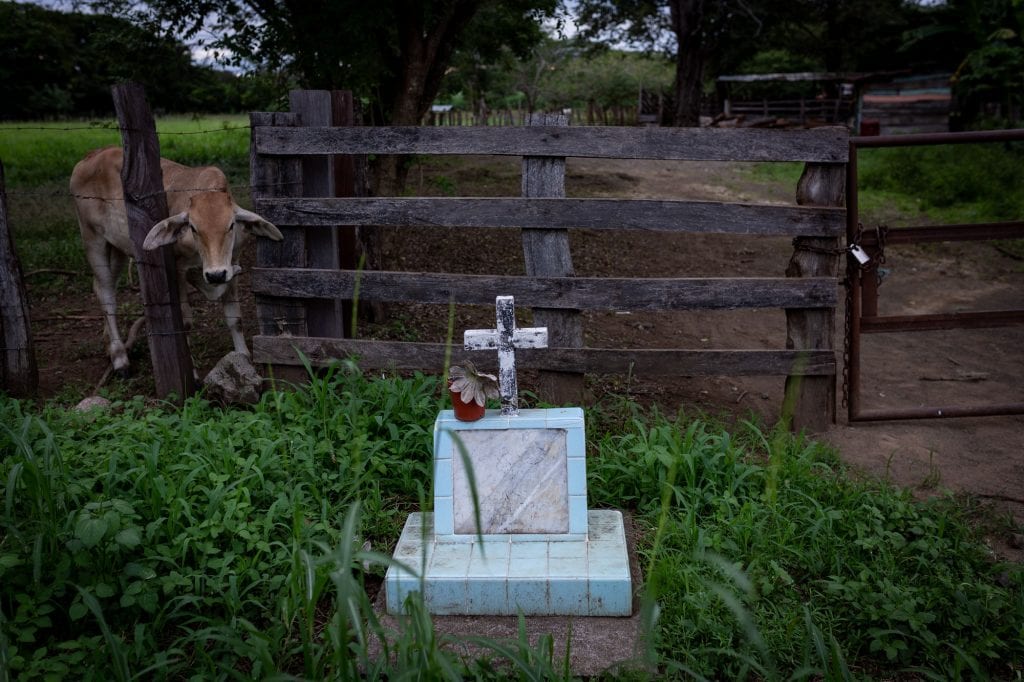
Leonardo Angulo Matarrita died in 1980. Located on a straight stretch of road on National Route 21.Photo: César Arroyo
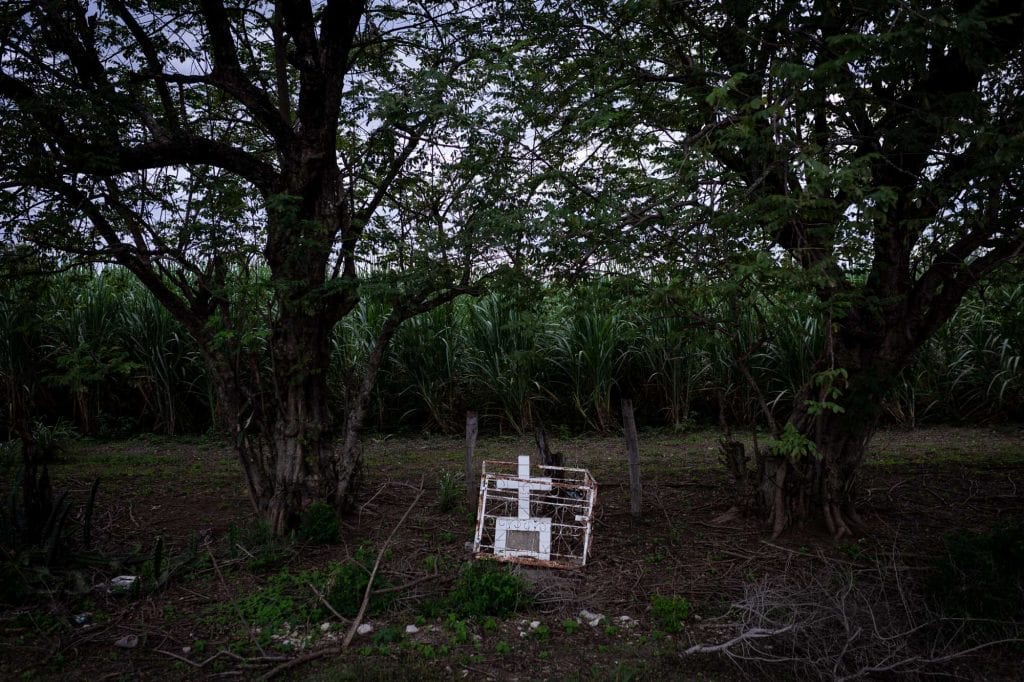
Nameless. Filadelfia de Carrillo. Located on a straight stretch of road on National Route 21.Photo: César Arroyo
According to the director of traffic engineering for the Ministry of Public Works and Transportation (MOPT), Junior Araya, there is no regulation regarding this type of crosses. He pointed out that in the right of way, there should not be any type of construction without permission from the MOPT, but since these crosses are minor infrastructures, he does not see any issue because they are small and do not represent a danger to drivers.
“When a street is widened or repairs are made, the crosses will be removed because they do not have any permission. All the same, it would be impossible to determine who is behind them because there is no address to go to or way of knowing who placed it,” added Araya.


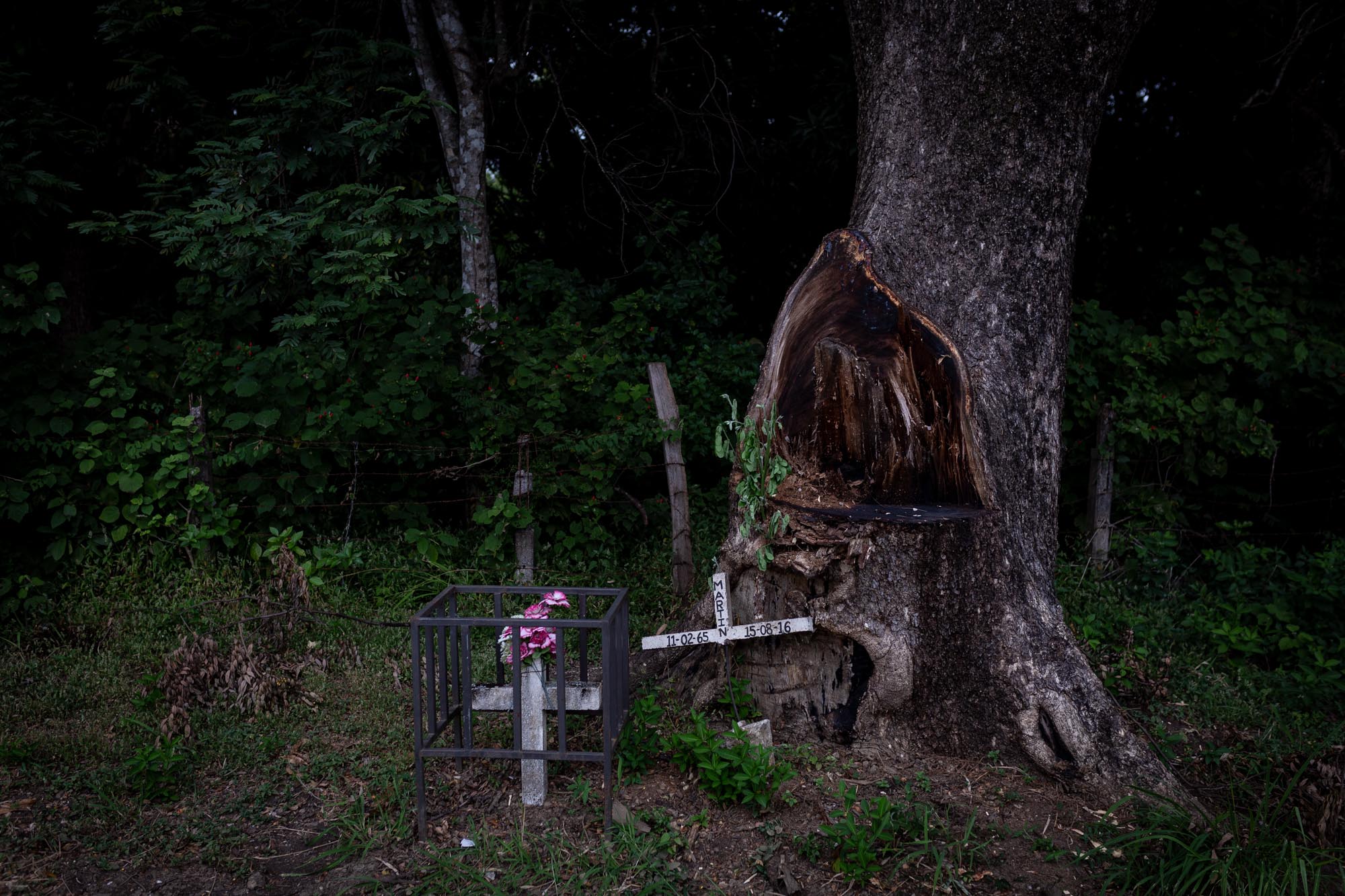
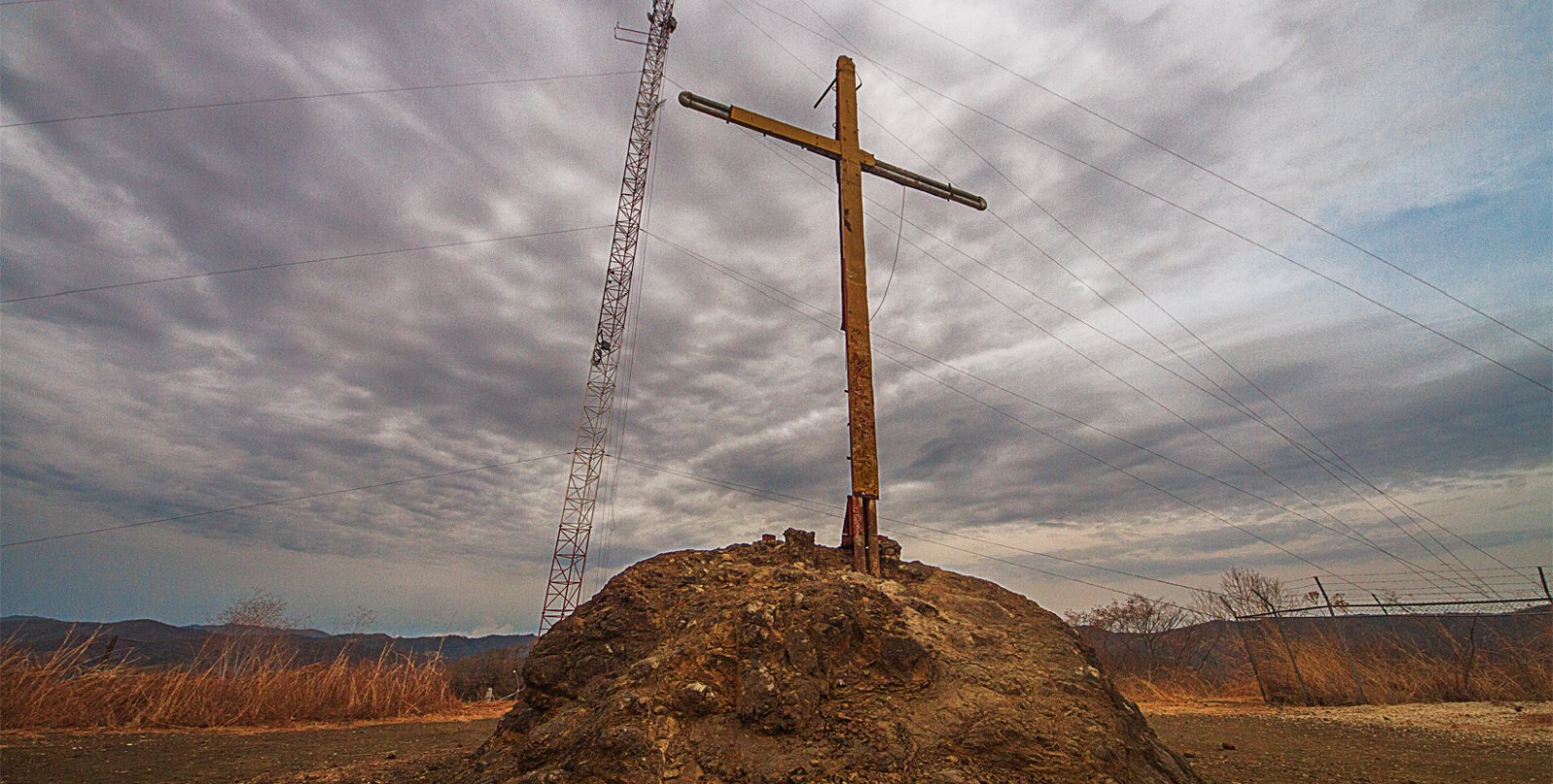
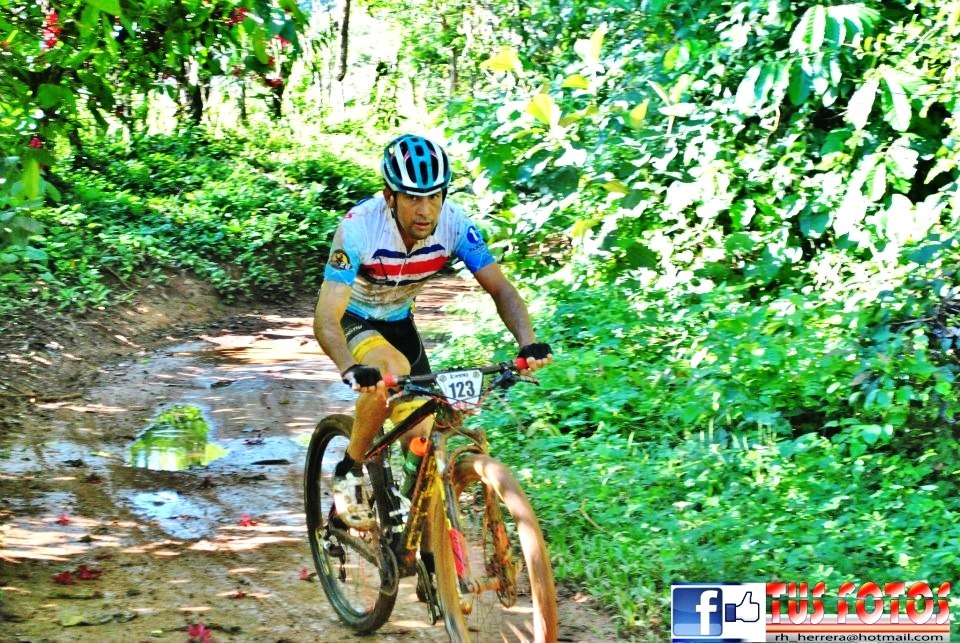
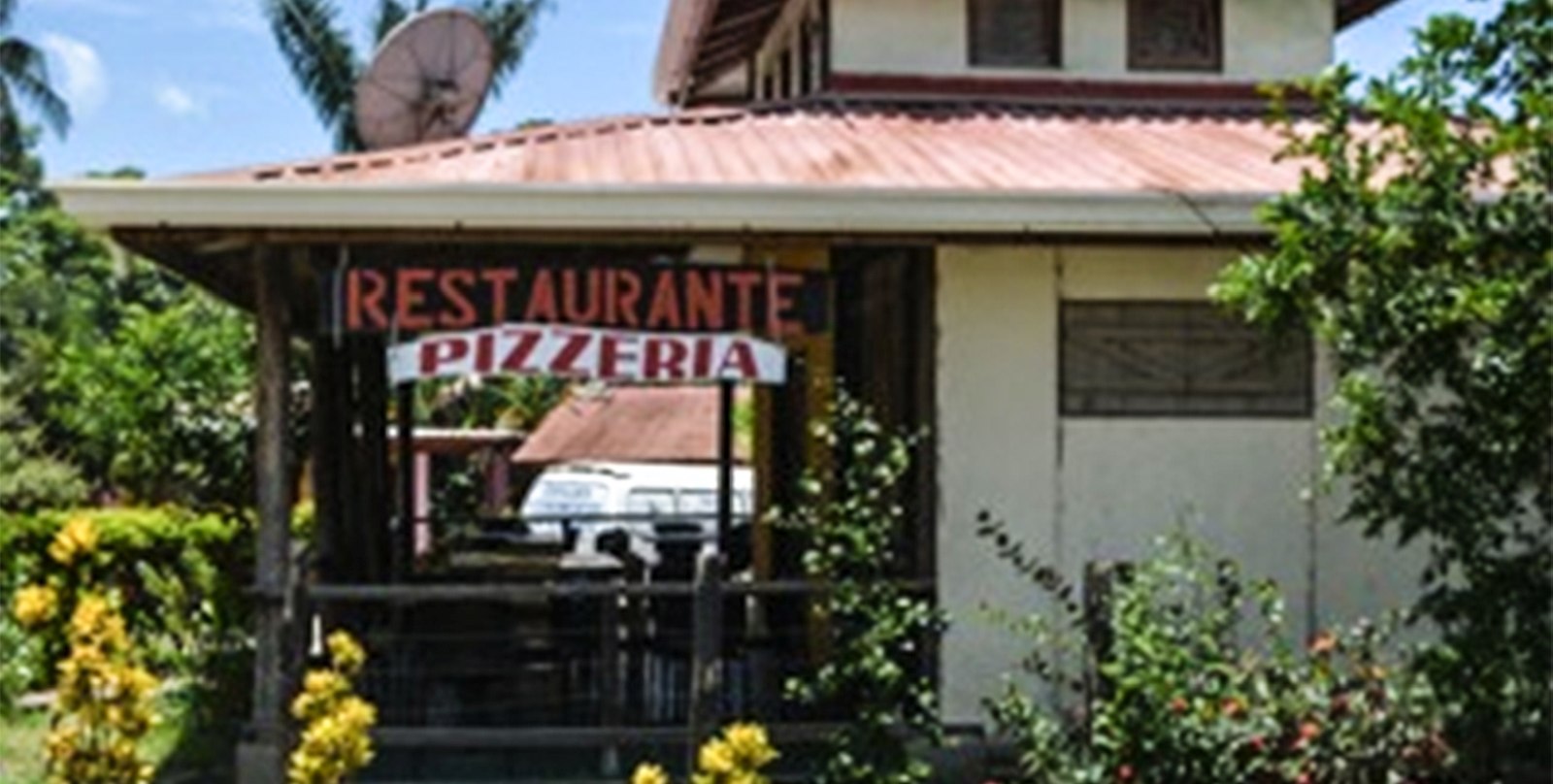

Comments